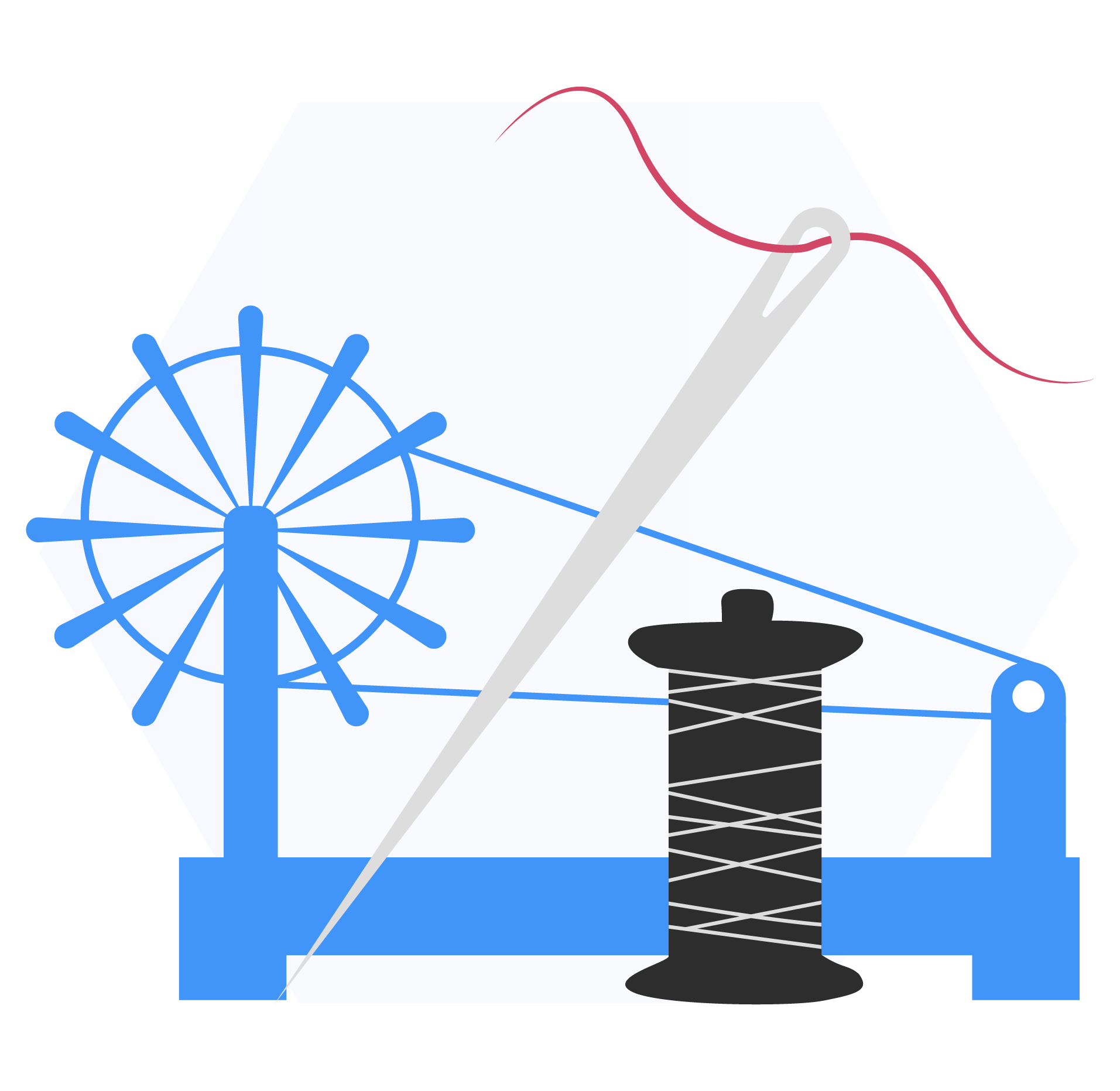The Indian Handloom Industry: A Legacy Woven Through Time
India’s tryst with handlooms dates back over 5,000 years to the Indus Valley Civilization—Mohenjo-Daro and Harappa’s intricate weaving techniques and cotton fibers speaking volumes about our ancestors’ textile prowess. From the Vedic era to the Mughal grandeur, the colonial struggles to sustainable fashion today, handlooms have been an integral part of India’s story, reflecting its diverse cultures, traditions, and socio-economic landscape.
As the nation gears up to celebrate its 78th Independence Day;, at Protium, we have kicked off the celebrations early by celebrating National Handlooms Day on 7th August.
Rooted in the Swadeshi Movement since 1905, India has been celebrating the day since 2015 as a reminder that handlooms are still prized possessions for many, and weavers are the unsung heroes as they, too, contribute to Indian exports and, in turn, the overall economy.
Spinning the Wheels of Culture & Progress
The handloom sector is India’s second-largest industry after agriculture, employing over 4.5 million people. Moreover, it contributes a substantial 13% to export revenues, 4% to GDP, and 14% to industrial production, proving the resilience and adaptability of an industry that has weathered centuries of change.
Products manufactured from handloom are still incredibly versatile and are used repeatedly by even international designers, sustainable fashion brands, artisanal producers, etc. As the intricate art of weaving is passed down through generations, it is a global phenomenon and the lifeline of rural households, going beyond being just an economic driver. Approximately 71.4% of the workforce in the industry is female, which provides them with livelihood and empowers them economically and socially.
So, just how big is the industry? Here’s a glimpse to provide the handloom hold:
- The sustainable fashion market, which includes handloom products, is expected to reach $15.2 billion by 2025.
- The global home textiles market, which includes handloom woven products, is projected to hit $123.4 billion by 2025.
- And the global textile market as a whole? That’s expected to reach a whopping $1.3 trillion by 2025.
Challenges the Handloom Sector Faces
Despite its rich heritage and cultural significance, the handloom sector faces numerous challenges that have led to a decline in many regions:
- Mills and power looms provide 70% of the textile, and one power loom displaces 6 handlooms.
- Migration, as 67% of handloom weavers earn less than the minimum wage and move to bigger cities for better work opportunities.
- Lack of financial assistance to set up shops to sell their final products, or to even market it well.
- Evolving consumer preferences towards newer designs that are digitally printed and manufactured in large-scale set-ups.
These challenges have led to a decline of handloom fabrics and other craft and art forms such as —from West Bengal’s exquisite Baluchari and Jamdani fabrics, Madhya Pradesh’s delicate and intricate zari-laden Chanderi, the luxurious Kanchipuram sarees or Telangana’s Pochampalli’s fabric to handmade puppets, and Roghan Painting (castor seeds on cloth), among many other forms.
Solutions to Empower the Industry
Through various initiatives, the Government of India is making a concerted effort to revive and promote this traditional craft. These programs include the National Handloom Development Programme (NHDP), Market Access Initiative (MAI), MUDRA scheme that has provided 2.64+ lakh weavers Rs 891.09 crore worth of loans, and Comprehensive Handloom Cluster Development to promote handloom products, enhance sustainability, and support the weavers through a farm-to-foreign process. The Raw Material Supply Scheme (RMSS) is yet anothera government initiative that enabled weavers to create products by providing them with 340 lakh kg of high-quality yarn in 2023-24. In another initiative, the Government e-Market (GeM) digital platform has also on-boarded more than 1.75 lakh handloom weavers to sell directly to the Government.
Besides the Government’s effort, access to the internet and smartphones clubbed with reel culture has pushed innumerable weavers to create their pages on social media and sell directly to consumers and businesses alike via social media. Influencers also have a huge role to play towards spreading awareness; like the banana fiber that was used since ancient times but became obscure after cotton and silk gained popularity. Also called musa fiber, it is now a raw material for silk-grade fibre yarn. Social media pages and websites alsonow promote and sell and promote various products like shawls, tea bags, sanitary napkins, and more made from this biodegradable wonder;, leading to its revival.
This has increased the popularity and sales of certain handlooms such as Telangana and Odisha’s Ikat, Maheshwari, Bandhani, Kalamkari and others among fashion-conscious consumers.
Financial Institutions are also playing their part with gusto by providing financial assistance to artisans, weavers, and small-scale entrepreneurs in this industry. Tailored loan products, such as microfinance and term loans, help handloom businesses meet their working capital requirements, invest in new equipment, and expand their operations. Additionally, technical assistance, training, and mentorship programs enhance the skills and knowledge of handloom practitioners, enabling them to improve product quality, design, and marketing. By filling the credit gap and providing holistic support, the handloom industry can scale sustainably, preserve traditional craftsmanship, and contribute to India’s cultural heritage and economic growth.
Today, India’s handloom sector is looking up again as a major contributor to the nation’s economy, exporting textiles worth around ₹44,000 crore (USD 44 billion) annually. Its potential for economic growth, social upliftment, and cultural revival is boundless. Here’s hoping it will soon be an integral part of the nation’s fabric once again.

